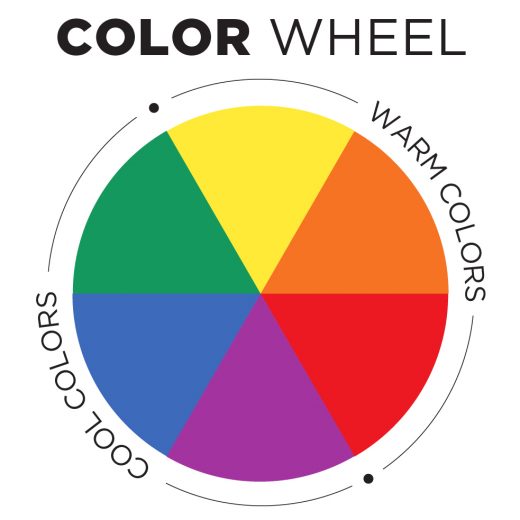
In this way, you can see the other colors by adding all the primary colors. So, if you add some yellow color to a white paper, it will absorb the blue color. Such objects reflect light which is why we see them.įor example, white has all the wavelengths of color. Non-emissive objects such as textiles, paints, plastics, etc., are related to this case. Subtractive color is produced when paints and inks are mixed. We usually see additive color mixing on the screens of light-emitting devices such as TVs, computers, and mobile phones. Look at the below image to have a good understanding of Additive Color Mixing. That is why they are called additive primary colors. Even they can make all other colors, including yellow. So, red, green, and blue can create new and brighter colors.

The area where the intersection between two round flashlights will be different and brighter than those two colors.Īgain, where every color of RGB is mixed in the middle, a lightless white color is created. Meanwhile, the additive color also blends to create a brighter light or color.įor example, suppose you put three different colored flashlights separately on a wall where the lights intersect each other. Red, Green, and Blue (RGB) are the essential ingredients to make clear white color or light.


 0 kommentar(er)
0 kommentar(er)
